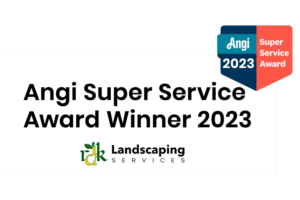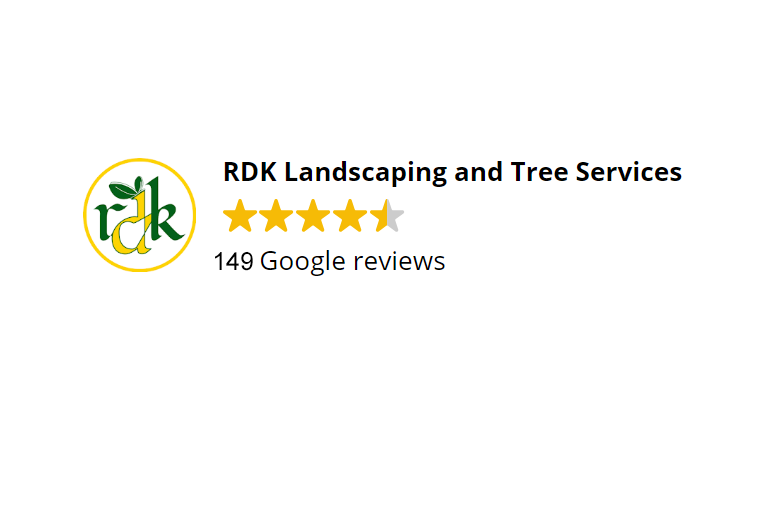Learn about our top tips to avoid buyer’s regret and get more valuable buying and planting advice.
It is not only people who enjoy the temperature of autumn, but also plants. In fact, fall can be one of the best times to add new plants to your landscape. Mild temperatures in autumn are relatively mild for new plants, giving them time to develop a good root system and avoid the shock of a transplant during the hot summer months. Planting seeds in the fall also gives plants time to take root before the cold winter sets in.
Before you grab your shovel and head out into the garden, let’s take a look at some helpful tips to help you avoid common mistakes while making the most of the fall planting season. Are you ready? let’s go!
Most trees, shrubs, and perennials benefit from planting in the fall, but frost-resistant plants are best planted in the spring when the danger of frost has passed. Once the plant has developed enough roots, it will start focusing on top growth, which is a sign of healthy roots.
Fall sowing is especially important in regions with hot, dry summers. This is because the plant has more time to absorb much-needed water and develop a sufficient number of roots to survive the summer.
Research plants before buying
Taking the time to inspect your plants before you buy (by yourself or with a landscaper) can save you more time, money, maintenance, and buyer regrets. Before buying a plant for your garden, find out the answers to these important questions:
Are they native or adapted to your climate? Plants that are not adapted to the local climate require more resources (water, fertilizer, maintenance) to survive, often with disappointing results.
What kind of exposure do you need: full sun, part shade or full shade? One of the most common gardening mistakes is putting new plants in the wrong light, making it difficult for them to survive.
Work with a gardener near you.
How big is it? Small plants in nurseries can reproduce if buried in the ground for a few years. This shrub stands 1 foot tall and 1 foot wide and will quickly grow to 6 feet tall and wide, leaving behind a lush landscape. Be prepared for the mature size of the plant you choose, and make sure it has plenty of room to grow.
What type of maintenance does your factory need? Most native plants are generally low maintenance, but low maintenance plants may require a lot of unnecessary pruning, watering and fertilizing.
Answers to these questions can often be found in plant labels. Local plant care professionals can also be a good resource for asking these questions. Or work with a local gardener to learn more about plants that grow well in your area.
Healthy plant options
This particular trick sounds simple enough, but you need to look at both the top and bottom of the plant to understand its health.
Look for healthy leaves that haven’t turned brown or yellow. This could be a sign of dehydration or excess. If the soil in the container is wet or smells, get out and walk away.
Check the leaves and stems for signs of insects or disease. Chewed leaves and webbing can be signs of infection. Plants with light or dark spots on their leaves are prone to disease, so it’s best to avoid them and not accidentally contaminate existing plants in your garden.
You may be tempted to buy plants that will flower, but if you’ve chosen one that doesn’t flower or doesn’t flower at all, it’s best to skip it. This doesn’t make much sense at first because we all want beautiful flowering plants over non-flowering ones. Reasons to choose non-flowering plants: Due to the stress of transplanting, flowers often drop shortly after planting. Also, while the plants are still in the nursery, most of the flowering season has dried up. Non-flowering plants start blooming as soon as they hit the ground, allowing you to enjoy the full bloom.
When it comes to plant health, there are more to check than the above. Before purchasing a plant, you should also check the roots. Sometimes, if you leave the seedlings in the container for too long, the roots will grow in a ring around the root ball, slowly uniting the plant with the roots.
Plants with roots are difficult to grow because the roots continue to grow around them instead of deep into the soil where they can get water and nutrients. Eventually, the rooted plant dies.
If you have a rooting plant, you may be able to fix this by taking a sharp knife and making a lengthwise cut about 2 to 3 inches around the entire root from the top to the bottom of the root mass. This breaks the circular growth pattern and helps the roots grow outward into the soil.
Choose small trees and plants that are easy to transplant
You may want to have the largest tree possible in your nursery, but you may be surprised to learn that large plants take longer to grow than smaller ones after transplanting. The reason is that the smaller plants are younger and don’t need as many roots to support upward growth. After planting, the roots grow outward, and the upper part grows rapidly. Also, larger plants require more root growth, and containers limit the amount of root growth you can get. Due to the plant’s age and large size, it may take longer to establish itself in the landscape. This is a popular trick because it not only saves money but also makes digging easier. A moderately sized hole about three times the width of the root ball.
Dig a hole three times the width of the root ball
Contrary to popular belief, most of a plant’s root system grows outward. Digging a hole that is wider than the root ball will allow the roots to grow faster, allowing the plant to grow faster. The depth of the hole should be the same as the root ball or 2 inches shallower, as it will sink after planting.
This is an example of a hole that is not wide enough. As a tree grows, it takes longer for healthy roots to grow, and longer for upward growth.
Black-footed daisy (Melampodium leucanthum) native to the Southwest. (Add a Photo)
When planting non-native plants, amend the soil with compost
Compost increases the water-holding capacity of sandy soils while reducing the weight of clay soils. It also benefits native plants by adding nutrients and microbes to the soil. A good guideline is to add one part compost to one-part native soil and mix them together before planting.
Native plants that have adapted to the soil in your area usually don’t need the addition of soil amendments unless the soil’s drainage or ability to hold water needs to be improved.
Connect Drip Irrigation to New Plants (Add a Photo)
Do not immediately fertilize newly planted plants
When a plant is first transplanted, it uses most of its energy to grow more roots. Once they have a good root system, the plants start to focus on the tallest growth (the part visible above ground). Fertilizing right after planting disrupts the natural cycle, allowing the plant to focus on maximum growth without root support.
➢ For non-native plants, wait to fertilize until new growth appears.
➢ For fruit trees, it is best to fertilize one year after planting.
➢ Once established, native plants usually don’t need fertilizer. Fertilizing native plants can actually backfire. It promotes the growth of more leaves but may produce fewer flowers.
Water new plants deeply and often
New plants need more water than plants that have been in the landscape for more than a year. Daily watering may be required for the first week after planting, then gradually reduce the frequency until the plant can be watered on the same schedule as other plants after a year in the ground.
Watering frequency depends on plant type, climate, soil, and irrigation method used (hose, sprinkler, drip). The nursery where you purchased your plants should be able to provide detailed instructions on how often to water new plants. You can also contact your local gardener’s office for free advice. Many local governments have useful information on how often to water plants in their area.
Add a layer of mulch around new plants
Mulching adds an extra layer of protection to plants, especially new ones. A 2- to 4-inch-thick layer of mulch will help retain soil moisture, keep the soil cool in summer and warm in winter, and keep weeds out.
When applying mulch, it is important not to touch the roots of trees or plants, as this creates a warm, moist area where diseases and insects can thrive. In general, the mulch should be at least 3 to 6 inches from the base of the plant.
Be patient as new plants grow
This is probably the hardest tip to follow. After all the work we put into selecting and planting our new landscaping, we want to see immediate results, not small, bony plants with lots of open space. The temptation at this point is to overplant the area. This will make your garden look great at first, but as the plants grow and increase in size, they can quickly become overcrowded, ruining your carefully crafted and carefully designed landscaping. If empty spaces in your new landscape continue to bother you, plant short-lived perennials or annuals between seedlings until the new plants are fully established.
Enjoy the fruits of your fall planting
With a little research at the right time, healthy plants, openings, proper watering, and mulching, the plants you add in the fall will quickly grow into beautiful mature shapes that will make you dream of vividly beautiful landscapes.
Call us at this number +1 (716)-710-0390.
Our Services
Latest Posts
- Transform Your Outdoor Space: Top Landscape Design Trends for 2024
- How to Choose the Perfect Plants for Your Garden: Expert Tips
- Snow Relocation and Hauling: Strategies for Managing Excess Snow in Your Property
- DIY Snow Relocation and Hauling: Tips for Handling Excess Snow Efficiently
- Snow Salting and Sanding: Essential Techniques for Safe Winter Surfaces






